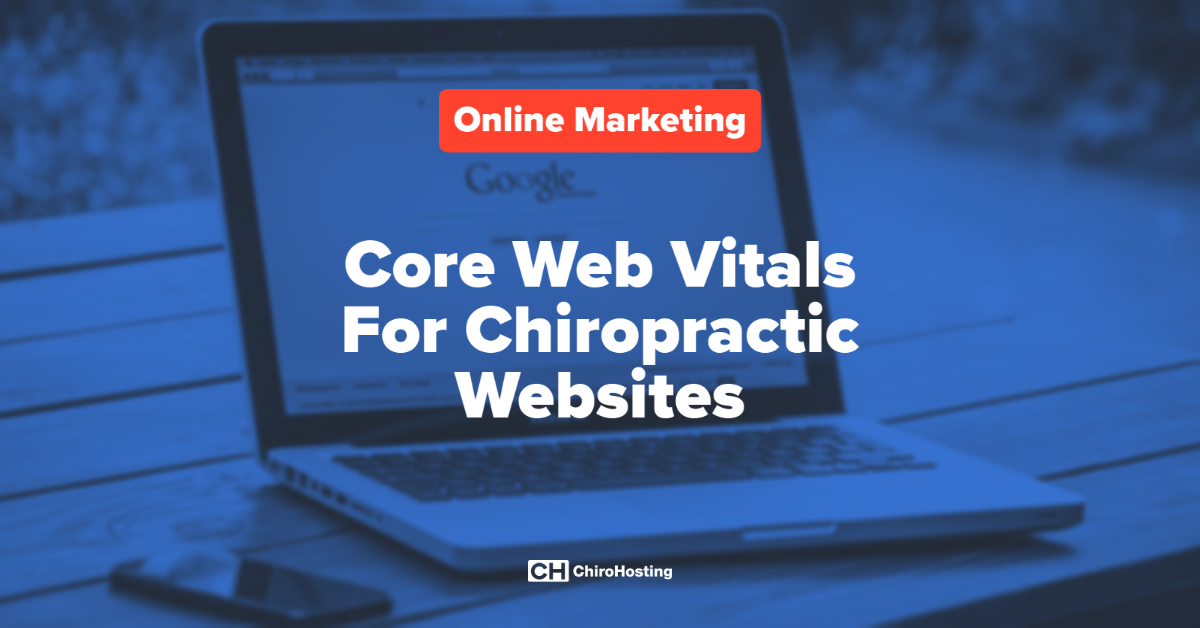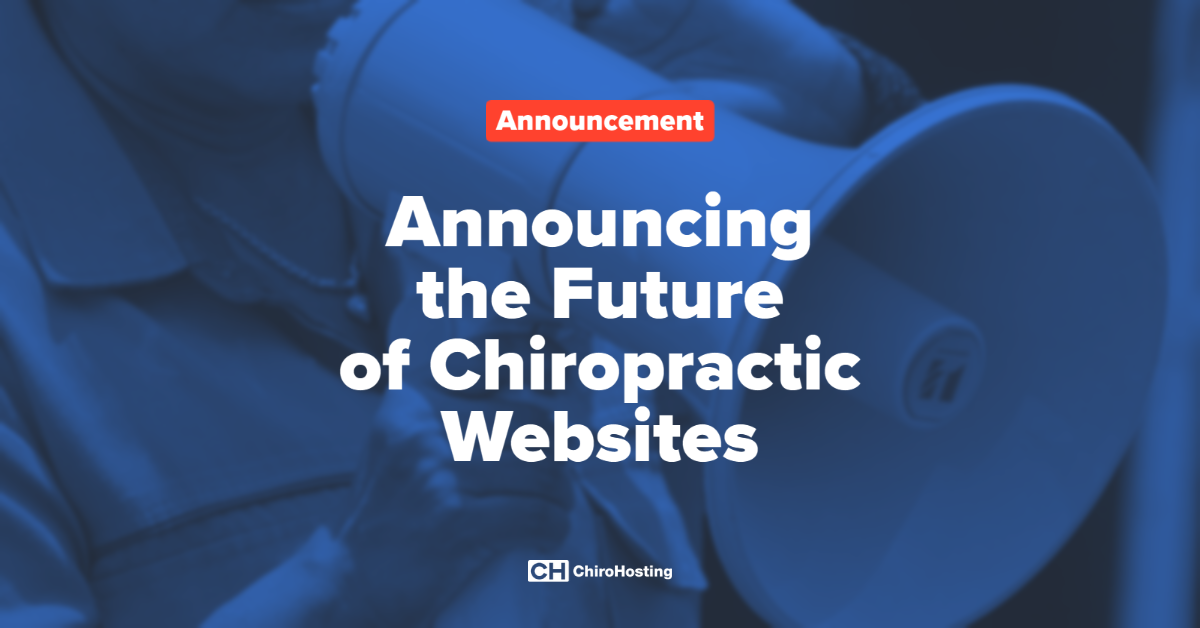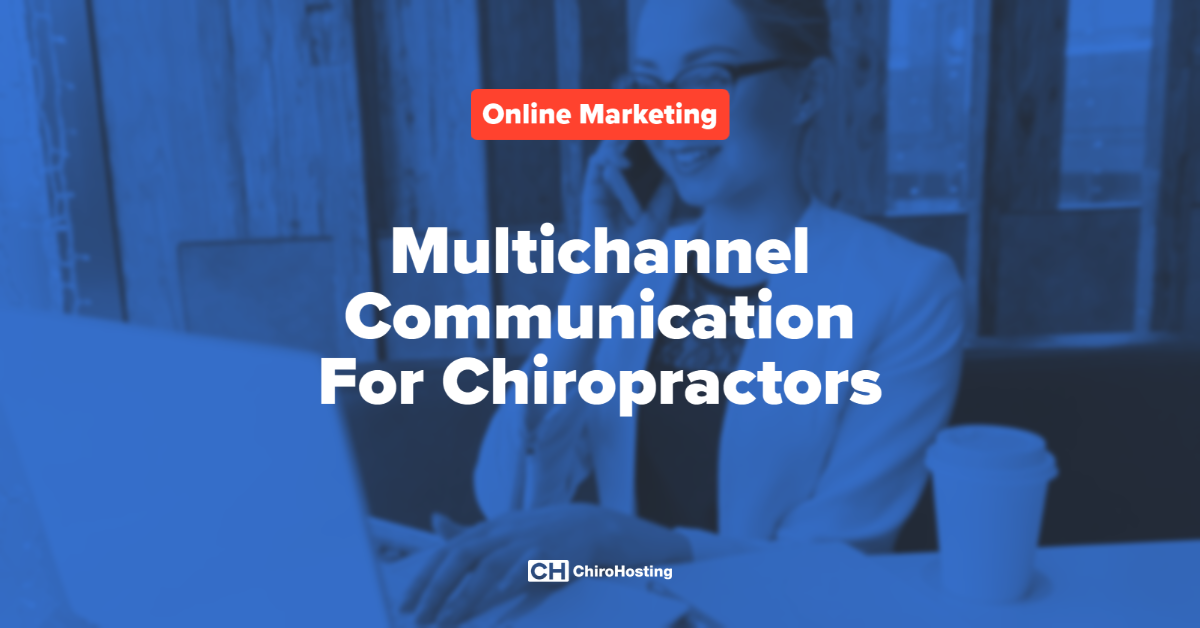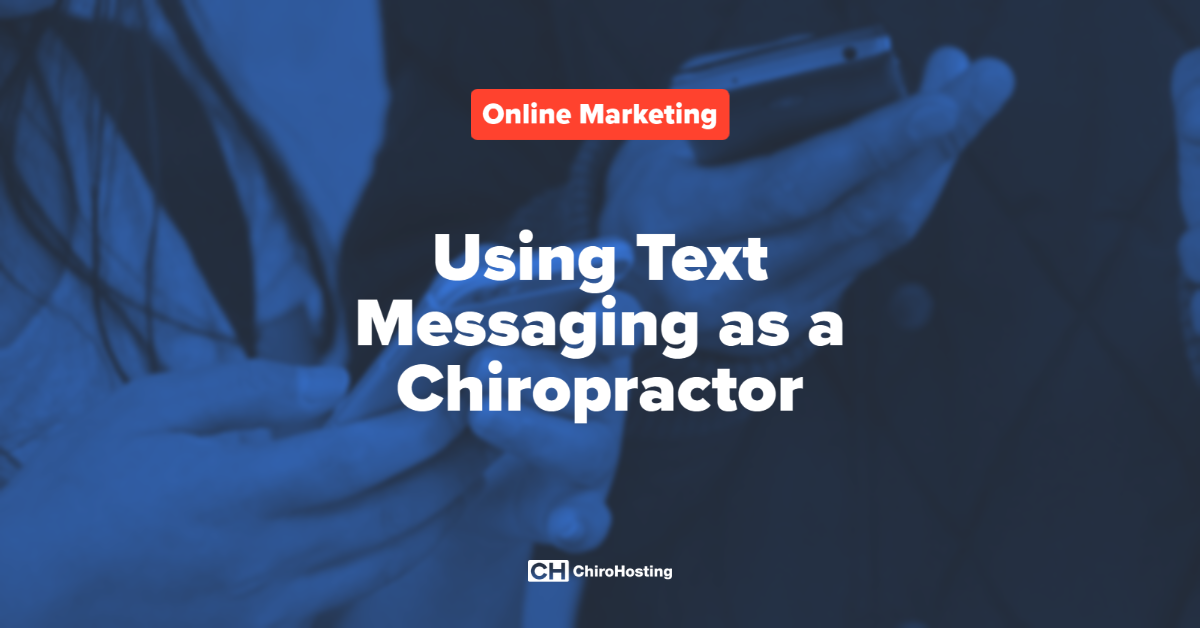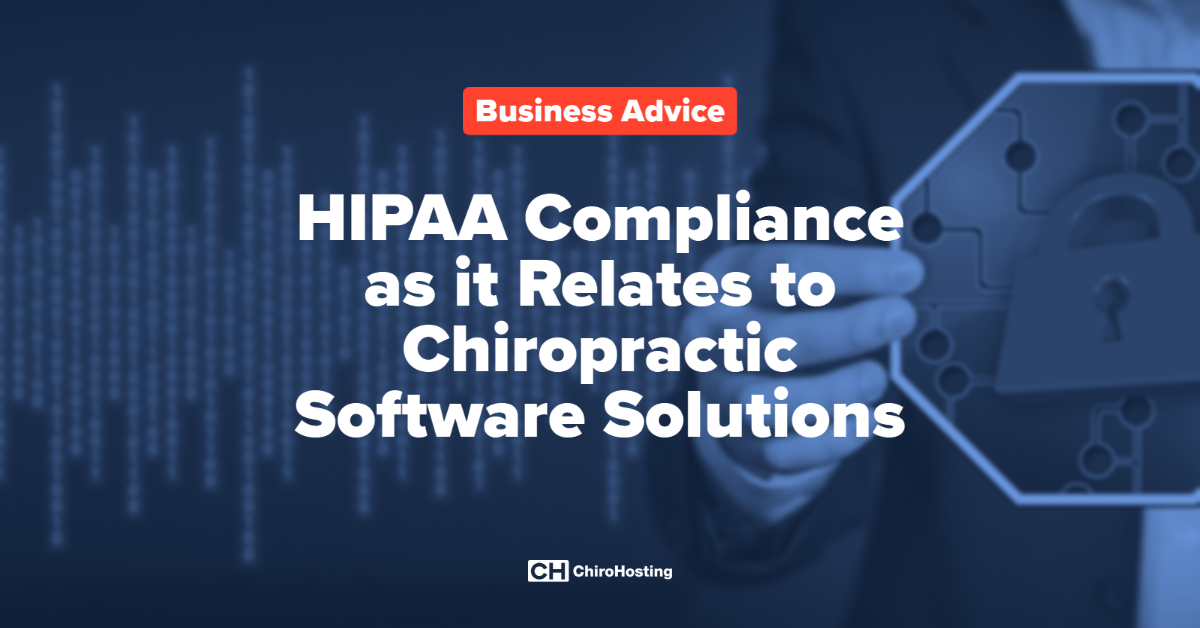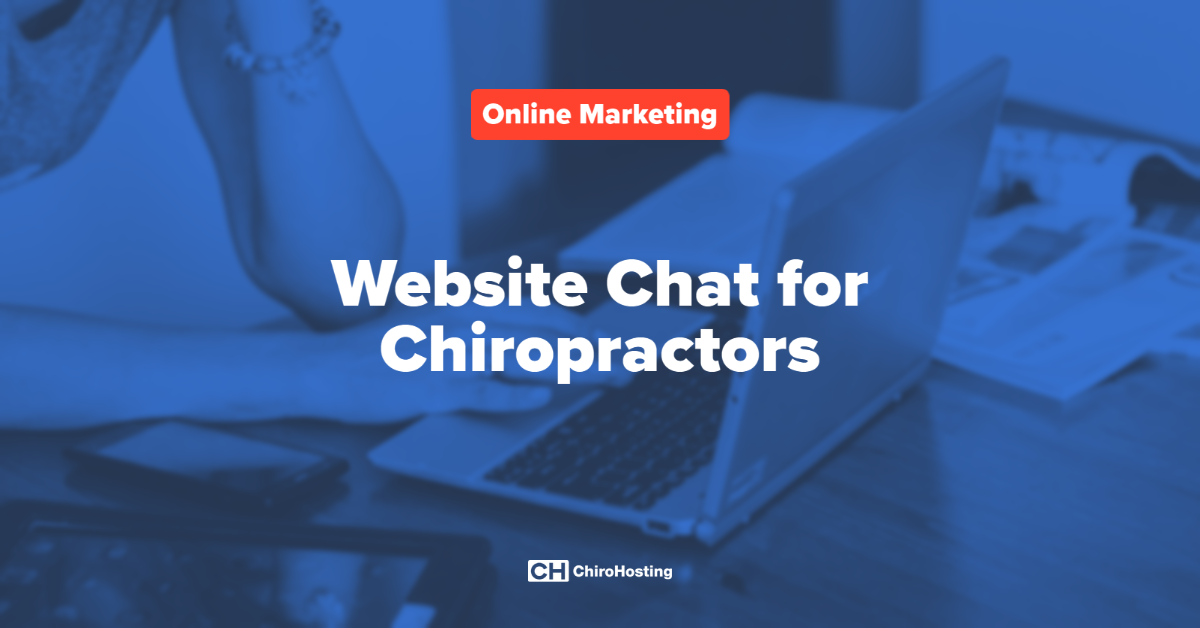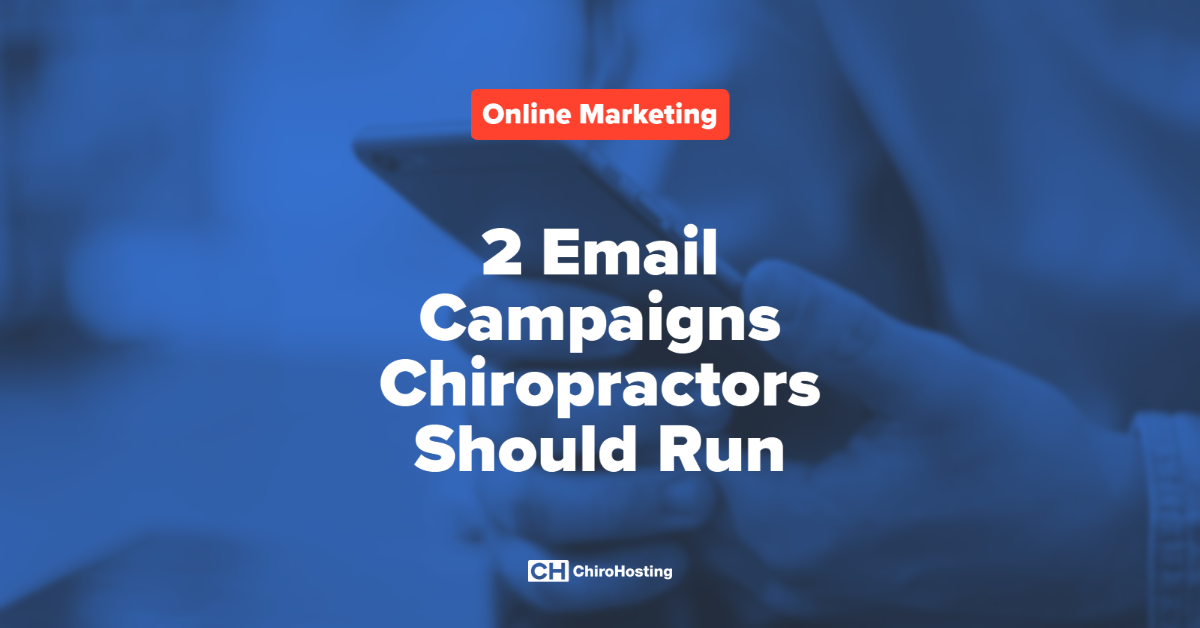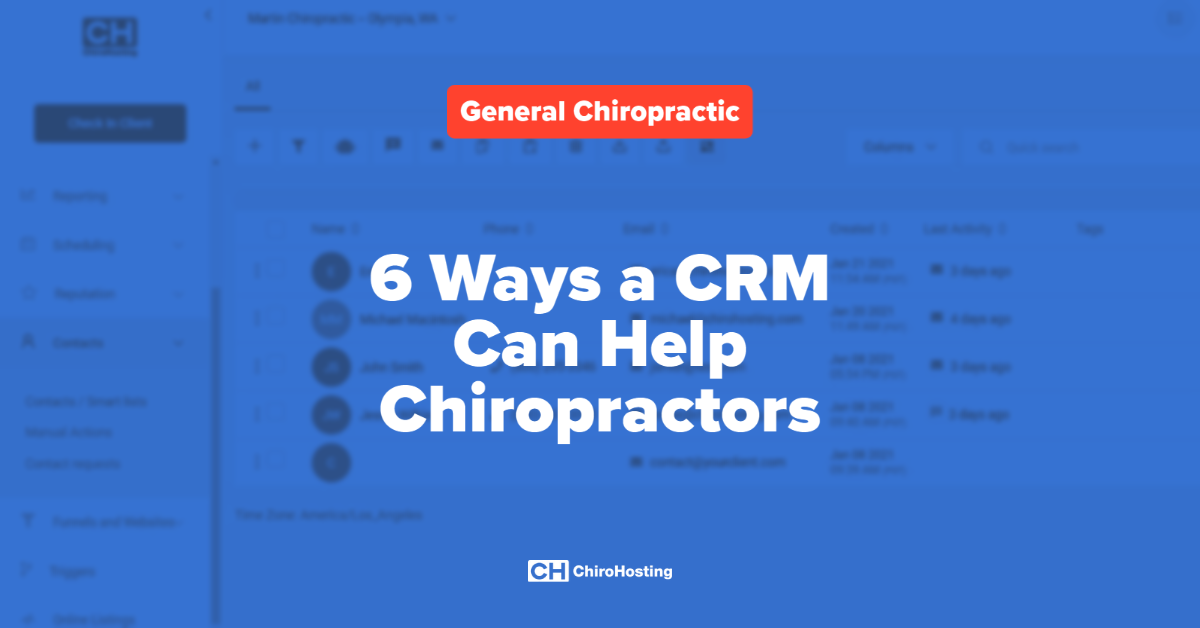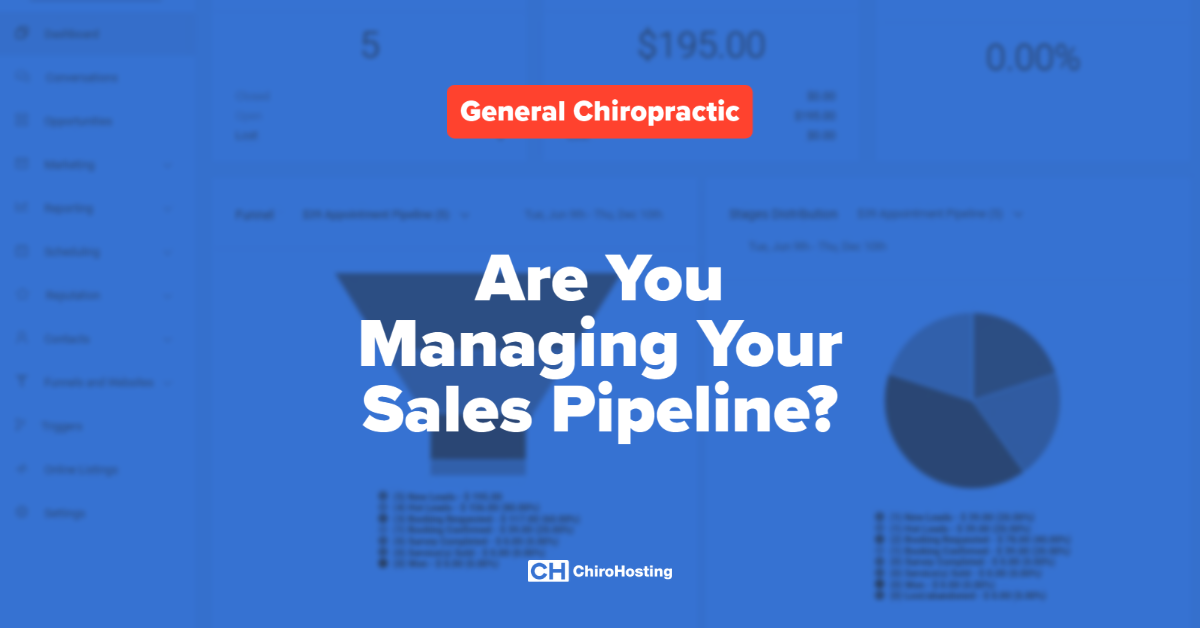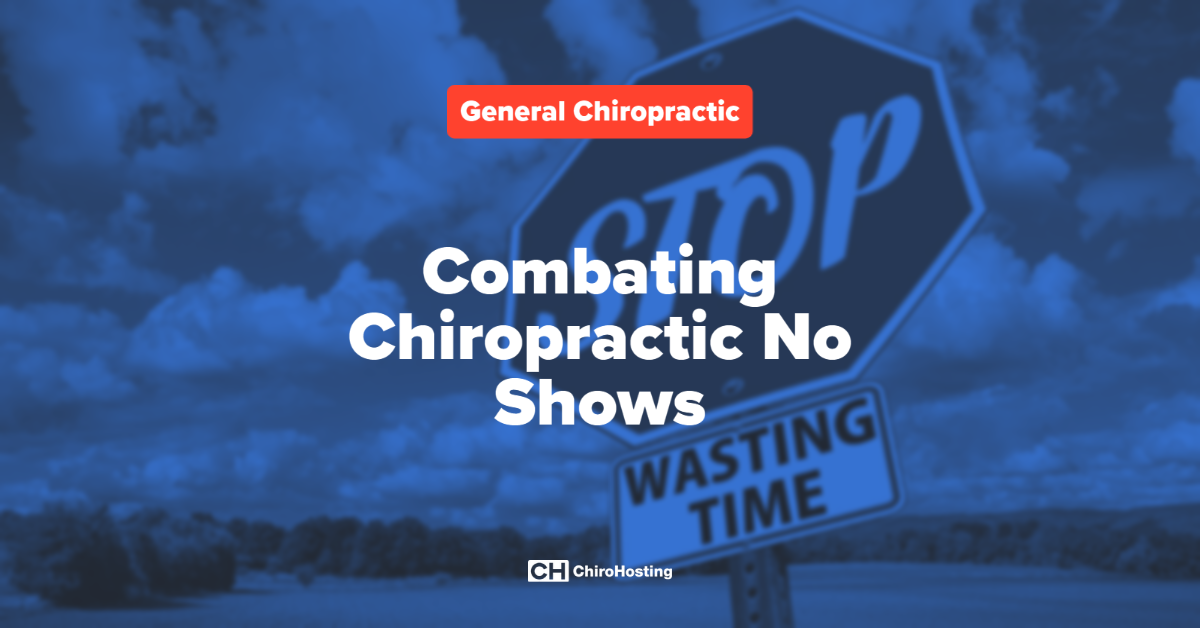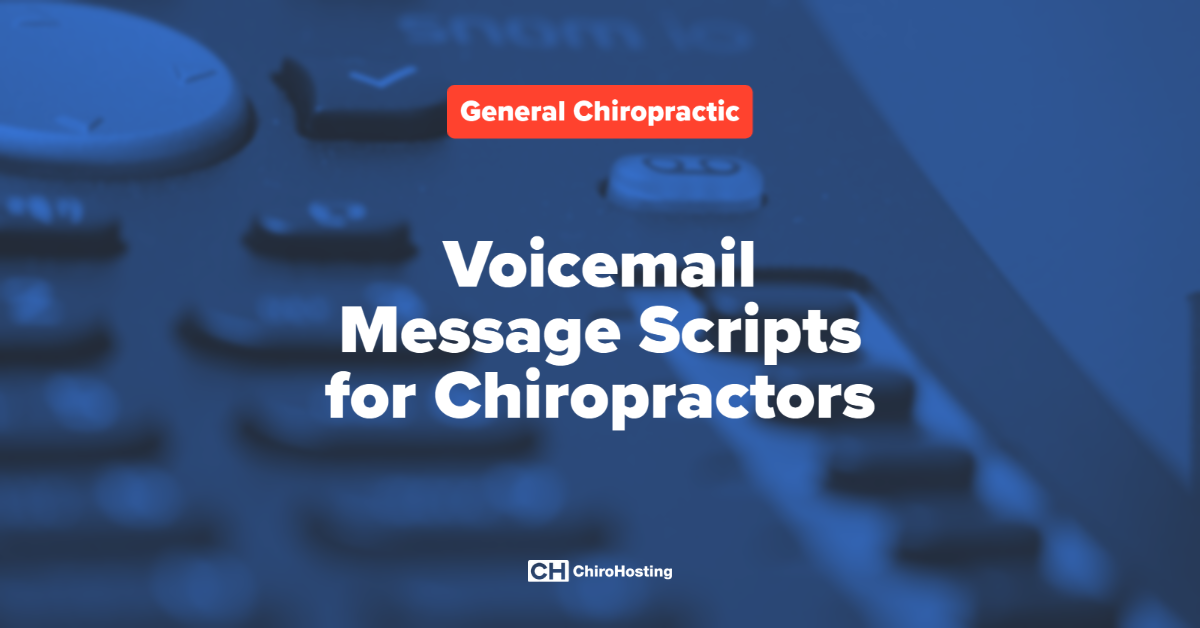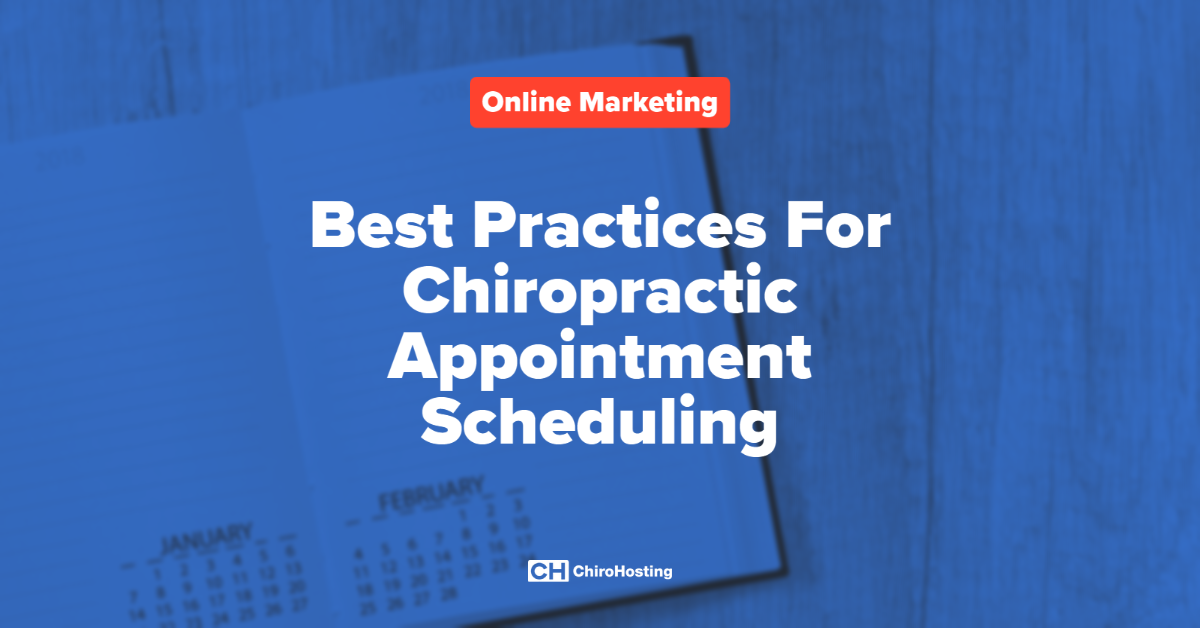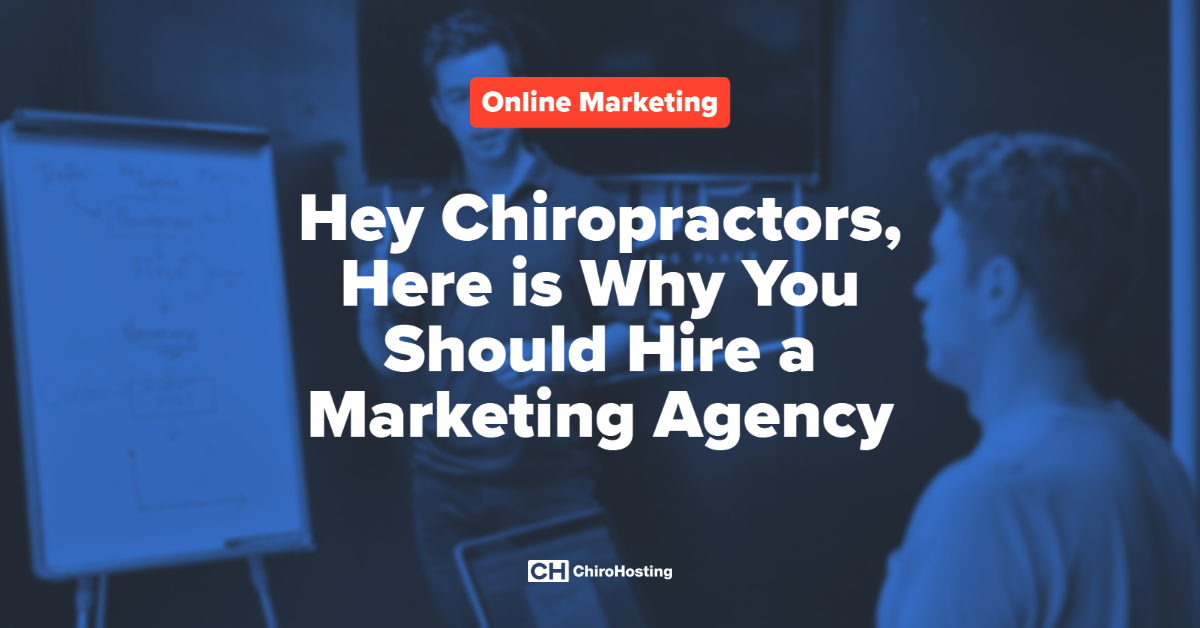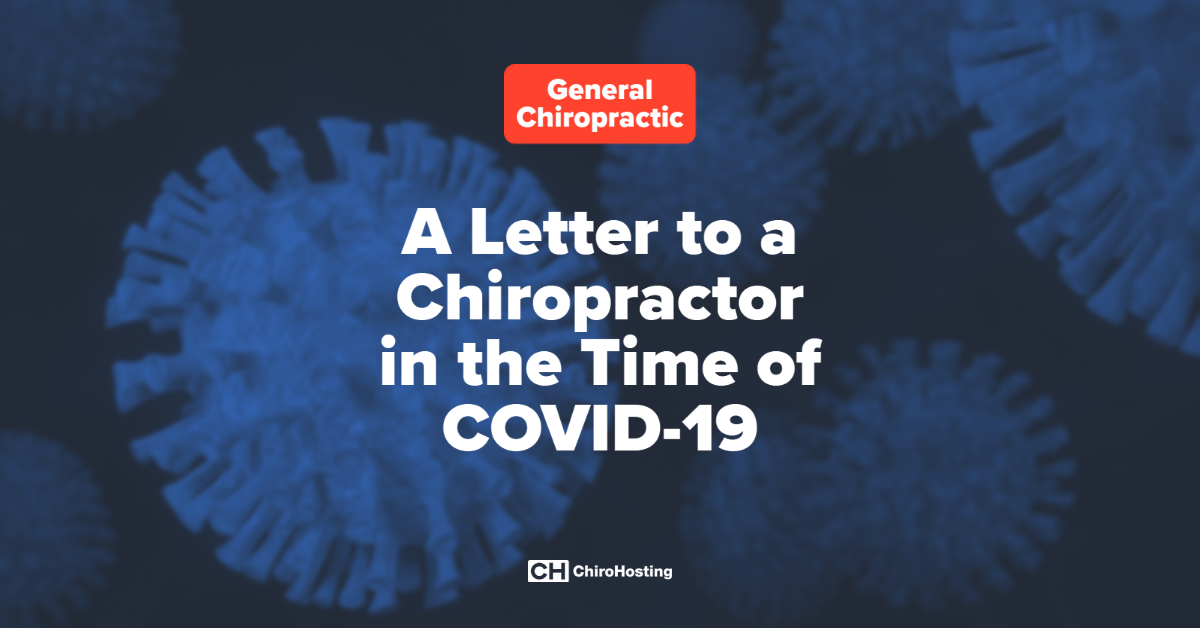
There is an art, and some science, to fine-tuning your chiropractic landing pages. Let’s look at how to optimize your pay per click (PPC) landing pages for Google Ads to help you get more patients from paid advertising campaigns.
If you’re running pay per click campaigns on Google, then you’ll want to optimize your landing pages in the following areas:
- Keywords
- Design
- Form
Let’s look at each one of these.
Keywords
Your keywords are important to your PPC strategy. We won’t go into too much detail on keywords in this post because we’re focusing on landing pages, but we will shed some light on them. You should pick keywords that are relevant to your offer and your landing page should reflect this.
Let’s say your offer is a new patient special and you’re running the following ad:

You’ll want your landing page copy to include keywords that match your keywords in your ad groups as well as your ad copy. So you'll want to highlight the appointment in your landing page. You might also want to mention latest chiropractic treatments, most insurance accepted and best Santa Monica chiropractor. This way your landing page copy reflects your ad copy and there is a cohesive experience for those potential patients who click on your Google advertisement.
Design
Design is an important part of your landing page. First and foremost, you should focus on a user-friendly design. Then, if you have the time, ability, and/or money to do so, you can focus on upping your design game.
So what is a user-friendly design? It can be a number of things, but here are a couple of pointers to creating a user-friendly landing page:
Make it clear and easy to read
You want to make sure that your visual design choices don't distract from the words on your landing page. Select a font that is easy to read. When you’re choosing colors make sure the text is clearly visible. If you use a light background, use darker text and vice versa. Make sure that images or patterns aren't making text hard to read. As for sizing, don't make some text huge and other text tiny. It's okay to have variations in size to highlight headers, titles and other important text, but you'll want to keep it within a range.
Highlight only useful, relevant information
You can have a concise landing page that has all the content above the fold (meaning you don’t have to scroll) or you can have a long-form landing page (where you scroll for a while) and both of these landing pages can succeed in highlighting only useful relevant information. It is not so much about the length of the landing page, but rather that the information is relevant and useful to the viewer.
Maybe you’re offering a new patient special and you just want to focus on the offer. You can have a short landing page that spells out exactly what the new patient special includes: just the basics of price, offer details, location, etc. Alternatively, you can also have a long landing page that highlights the specifics of the special, but then also goes into detail about the benefits of chiropractic and maybe includes a few testimonials.
Either way, your landing page can be a success and provide the necessary information to your visitors.
Form
Your form is where the magic happens. It’s the gateway to conversion. You’ll want your form to be as easy, clear, and welcoming as possible. You want to reduce the number of obstacles to a potential patient giving you their information. Here are a few points to help you optimize your form:
- Limit the number of fields
- Only require the essential information
- Use descriptive text for your button
You can read more about optimizing your form in this blog post about 5 ways to optimize forms.
Use A/B Testing
We recommend using A/B testing to see how your optimizations are working. What is A/B testing you might ask.
A/B testing is a process of showing two variants of the same web page to different segments of website visitors at the same time and comparing which variant drives more conversions.
Using A/B testing allows you to compare two different versions of a landing page and see which one is performing better. You might want to test out your keywords, design, or form. We recommend cloning your landing page and making only changes to the area you want to test so that you can get accurate results.
For example, if you want to test out the number of form fields - we recommend creating two landing pages that are exactly the same except for the form. Then, you can see how more or less form fields changes your metrics.
The Results
The results of these optimizations should be:
- Better conversion rate
- Higher quality score
- Lower cost per click
Better conversion rate
The whole reason you’re running advertising campaigns in the first place is to get new patients, which starts with getting conversions on your PPC landing pages. If you're working to optimize your keywords, design or form, you're doing so to get more people to give you their information on your landing pages by filling out the form. This is known as a conversion. If you can improve the keywords/copy, design and form on your landing page, then you'll get more people to convert. The proof is in the pudding or in this case, the conversion rate.
Higher quality score
Quality score is an important metric to Google and one that they created. Here is what Google says about quality scores.
You can read the whole post from Google Ads here.
But as you can clearly see, one of the three factors that determines your quality score is landing page experience. So by improving your landing page experience, you'll improve your conversion rate, which will in turn help to improve your quality score.
Lower cost per click
What's so great about a higher quality score? Well one of the biggest benefits, is that the higher the quality score you have, then the lower cost per click and who doesn’t love to save money? By optimizing your landing pages for Google Ads, you'll be able to run more advertising for less. It's a win-win.
As always, I hope you found this blog insightful. If you have any questions, don't hesitate to reach out to us at support@chirohosting.com.



